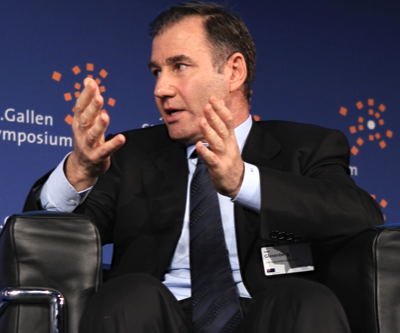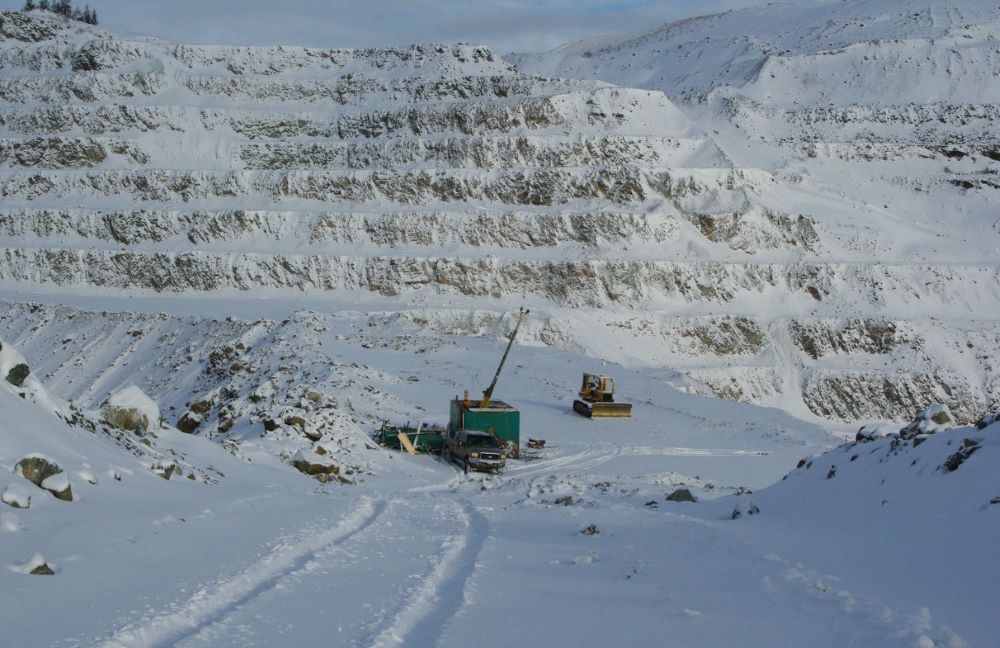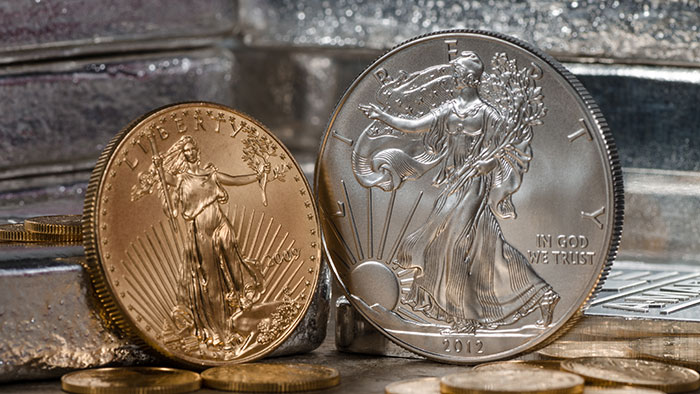Glencore ‘wants to develop Guinean projects quickly’

Guinea is home to some of the richest and easily exploitable iron ore fields outside of Australia’s Pilbara region and top producer Vale’s Brazilian home base.
In May, the Guinea government and Rio Tinto (LON:RIO) and its partners – China’s Chalco together with the World Bank – inked a game-changing $20 billion deal for the southern section of the Simandou iron deposit.
At full production Rio’s Simandou concession would export up to 95 million tonnes per year – that’s a third of Rio’s total capacity at the moment – and would catapult Rio past Vale as world number one.
Rio Tinto held the licence for the entire deposit, but was stripped of the northern blocks in 2008 by a former dictator of the Western African nation, one of the poorest in Africa.
BSG Resources acquired the concession later that year after spending $160 million exploring the property and in 2010 sold 51% to Vale (NYSE:VALE), but the Guinea government withdrew the mining permit in April, accusing BSGR of obtaining its rights through corruption.
The west African nation plans to start a new auction to reissue rights for the BSGR-Vale half.
A leaked document obtained by Reuters suggests Glencore (LON:GLEN), the world’s fourth largest miner, is serious about investing in iron ore in West Africa, although it has not made any pitch to the Guinean government as yet.
Reuters reports in the presentation, Glencore said it is “keen to become one of the top five producers of iron ore through projects in Africa”:
“Iron ore is an absolute priority for Glencore, because it is the only sector where the company wants to strengthen its position noticeably,” the company said in the presentation.
“Glencore goes against the trend of the trio (BHP, Vale and Rio), because it wants to develop the Guinean projects quickly,” it added.
In June, The Wall Street Journal reported high-level representatives of Glencore travelled to Conakry and met senior government officials, with a view to develop Simandou North.
Glencore has little exposure to iron ore, the commodity that has long represented the bulk of profits at the Swiss-based company’s peers.
CEO Ivan Glasenberg has in the past said the company is not interested in greenfield projects requiring investment of multiple billions of dollars and blamed the iron ore majors’ strategy for the collapse in the price.
Even the Swiss-based giant could probably not take on a project like Simandou North on its own as it would require vast investment in infrastructure and require funding from multiple institutions.
At the time of the Vale deal BSGR envisioned a 50 – 70 million tonnes per year mine boasting 66% to 68% Fe grading to be built at a cost of $8 billion – $10 billion.
That project was designed to export from the deep sea Buchanan port in neighbouring Liberia to the south, while the Rio agreement requires a building a new deep-water port near the capital Conakry in the north of the country and a 650km rail line to transport the ore.
BSGR has repeatedly denied any accusation of wrong doing and is seeking arbitration at the International Centre for Settlement of Investment Disputes.
Rio Tinto has filed a lawsuit against both Vale and BSGR for what it qualifies as a “steal” of its previously-owned concessions.
Vale is expected to re-apply after being given the go-ahead by the Guinea government, but diversified giant Anglo American (LON:AAL) this week said it has no plans to take on a project of this size.
World number one miner BHP Billiton in partnership with India’s ArcelorMittal is also said to be interested in the deposit, even though BHP last week sold its stake in a nearby iron ore project called Mount Nimba to ArcelorMittal for an undisclosed sum.
Mount Nimba is close to an existing ArcelorMittal mine and although not on the scale of Simandou is high quality with 935 million tonnes of direct shipping ore (DSO) at an average grade of 63.5% iron content.
The benchmark iron ore price was pegged at $95.50 a tonne on Wednesday, a level it has been hovering around for more than a month. The steelmaking raw material is down 30% in value year to date.
More News
{{ commodity.name }}
{{ post.title }}
{{ post.date }}



Comments